 Mammoth Spring National Fish Hatchery
Mammoth Spring National Fish Hatchery
Entry Type: Place
 Mammoth Spring National Fish Hatchery
Mammoth Spring National Fish Hatchery
 Mammoth Spring National Fish Hatchery Ponds
Mammoth Spring National Fish Hatchery Ponds
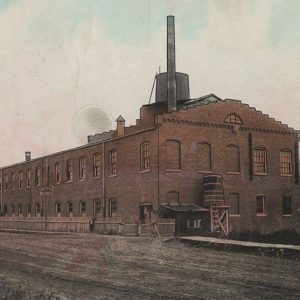 Mammoth Spring Shoe Plant
Mammoth Spring Shoe Plant
 Mammoth Spring Visitors' Center
Mammoth Spring Visitors' Center
 Mammoth Spring
Mammoth Spring
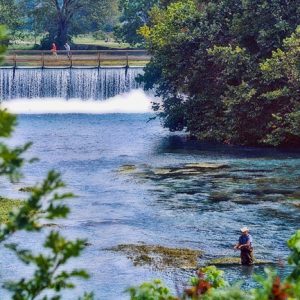 Mammoth Spring State Park
Mammoth Spring State Park
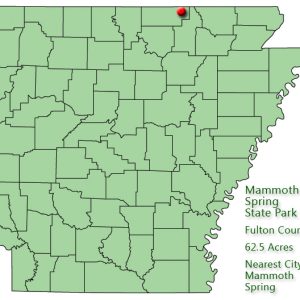 Mammoth Spring State Park: Park Location
Mammoth Spring State Park: Park Location
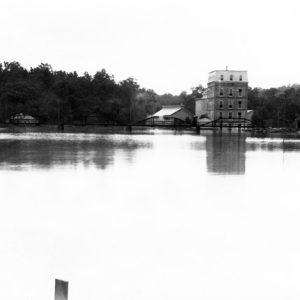 Mammoth Spring State Park
Mammoth Spring State Park
Mammoth Spring State Park
 Mammoth Spring Street Scene
Mammoth Spring Street Scene
 Mammoth Spring Street Scene
Mammoth Spring Street Scene
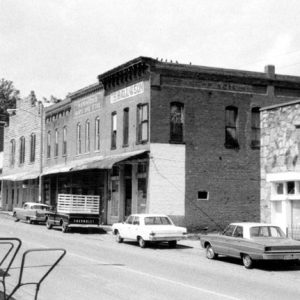 Mammoth Spring Street Scene
Mammoth Spring Street Scene
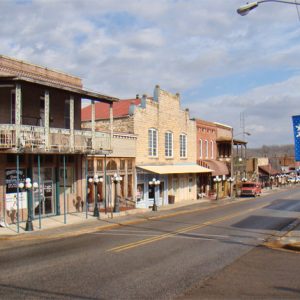 Mammoth Spring Street Scene
Mammoth Spring Street Scene
 Mammoth Spring Train Depot
Mammoth Spring Train Depot
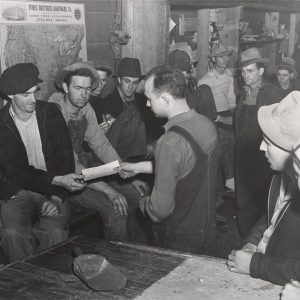 Manganese Miners
Manganese Miners
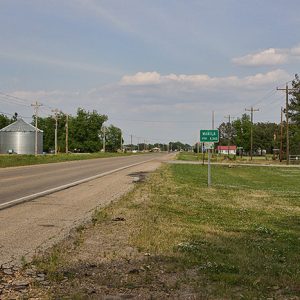 Manila
Manila
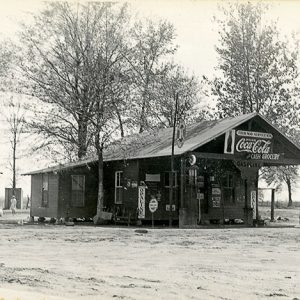 Manila Service Station
Manila Service Station
Manila (Mississippi County)
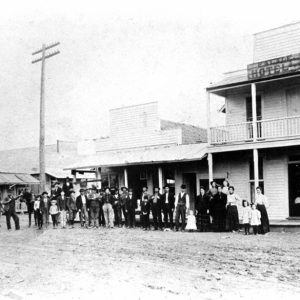 Manila Hotel and Grocery
Manila Hotel and Grocery
 Manila Stave Mill
Manila Stave Mill
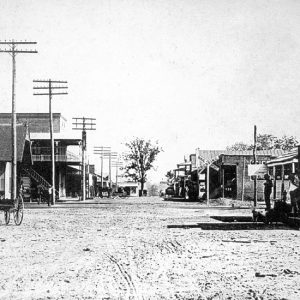 Manila Street Scene
Manila Street Scene
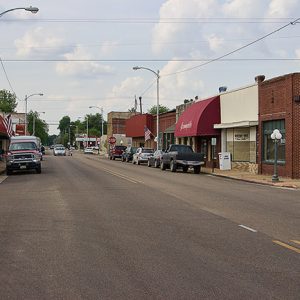 Manila Street Scene
Manila Street Scene
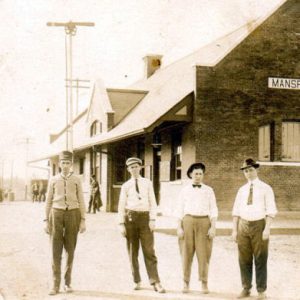 Mansfield Depot
Mansfield Depot
Mansfield (Sebastian and Scott Counties)
 Mansfield Street Scene
Mansfield Street Scene
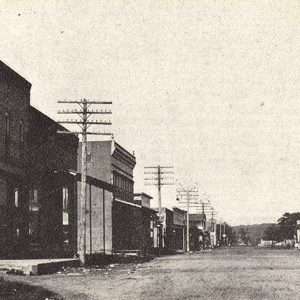 Mansfield Street Scene
Mansfield Street Scene
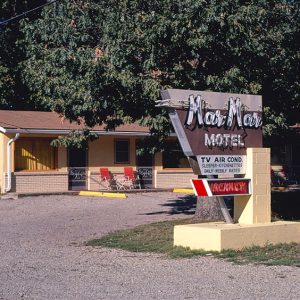 Mar Mar Motel
Mar Mar Motel
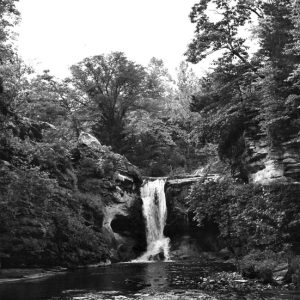 Marble Falls
Marble Falls
 Marble Quarry Workers
Marble Quarry Workers
Marcella (Stone County)
Marche (Pulaski County)
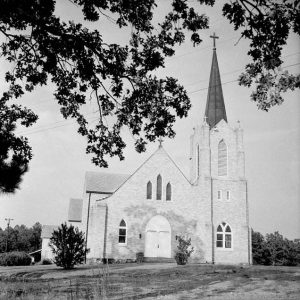 Marche Catholic Church
Marche Catholic Church
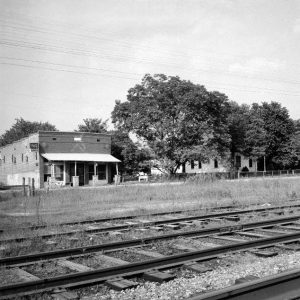 Marche Store
Marche Store
 Marianna Park
Marianna Park
Marianna (Lee County)
 Marianna Aerial View
Marianna Aerial View
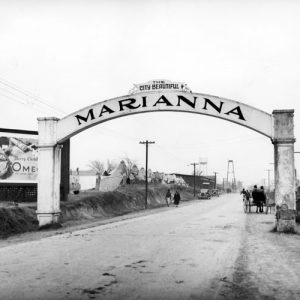 Marianna Arch
Marianna Arch
 Marianna Cotton
Marianna Cotton
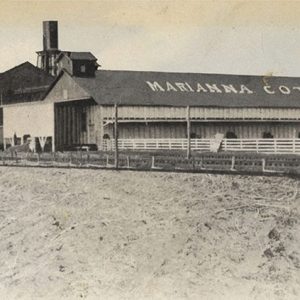 Marianna Cotton Oil Company
Marianna Cotton Oil Company
 Marianna Flood
Marianna Flood
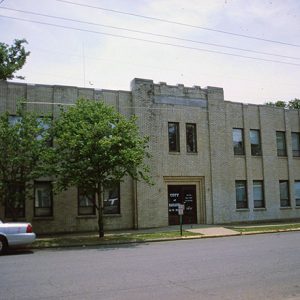 Marianna National Guard Armory
Marianna National Guard Armory
Marianna National Guard Armory
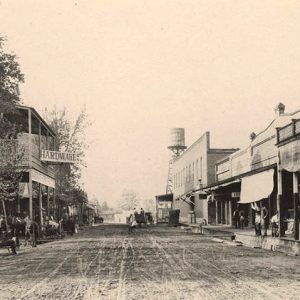 Marianna Street Scene
Marianna Street Scene
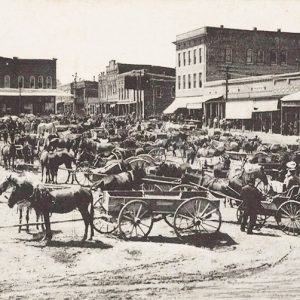 Marianna Street Scene
Marianna Street Scene
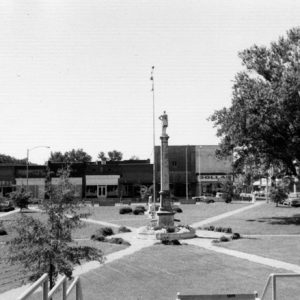 Marianna Street Scene
Marianna Street Scene
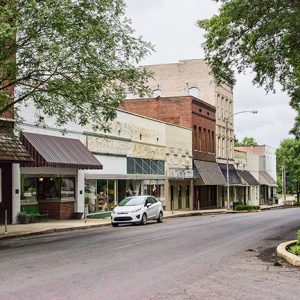 Marianna Street Scene
Marianna Street Scene
 Marianna Street Scene
Marianna Street Scene
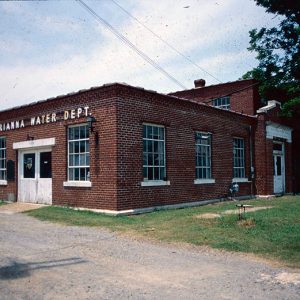 Marianna Waterworks
Marianna Waterworks




